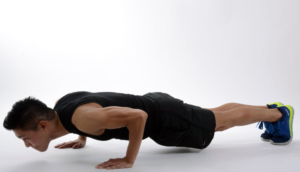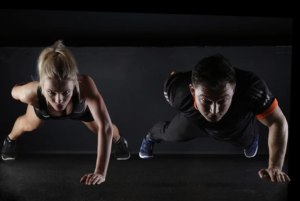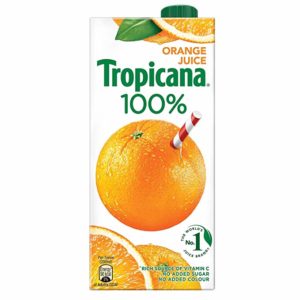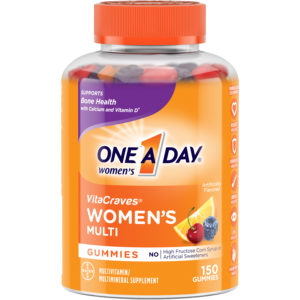
Calisthenic is responsible for the gravity-defying feats of strength you see on Instagram (think human flag), calisthenics has gained quite a following for its convenience and multitude of benefits. Despite its mouthful of a name, all that the minimalist exercise encompasses is a repetitive sequence of moves that uses the resistance of your own body to build strength, burn fat, and increase flexibility.
The Pros
 Muscles are built on the concept of progressive resistance, and the only downfall of calisthenics is that the progression ends when you’ve conquered your own body weight. While not the best option for hard core body builders, calisthenics can still build and maintain a respectable amount of muscle mass over the long run, sans the extreme muscle trauma and tearing that weight lifting can inflict.
Muscles are built on the concept of progressive resistance, and the only downfall of calisthenics is that the progression ends when you’ve conquered your own body weight. While not the best option for hard core body builders, calisthenics can still build and maintain a respectable amount of muscle mass over the long run, sans the extreme muscle trauma and tearing that weight lifting can inflict.
Because all the muscles are working and building in tandem, calisthenics is an optimal way in improving flexibility since a strong muscle doesn’t have to strain to contract as a weak one does. Efficient fat burning is achieved with a higher resting metabolic rate from increased muscle mass, as well as from its aerobic nature. This in turn spurs a boost in increased endurance. Circuit training calisthenics consists of doing as many repetitions of an exercise as possible without rest and until fatigued, pushing your cardiovascular system and muscles to new heights every session.
The Cons
When you train normally for strength or endurance, isolating muscle groups might not be an interest of yours.
However, if you want to target only a specific weak muscle or to rehab from an injury, one of the best options is to practice with isolation exercises. Isolating muscle groups or weak spots is very hard to do with bodyweight exercises.
In this respect, weight lifting is superior to calisthenics as it allows you to isolate areas that require your attention quite easily.
The Workout Plan
 If you’ve done a push-up or plank before, you’ve tried calisthenics. Pushing, pulling, balancing, and core stabilisation are gross motor movements that are performed rhythmically throughout the workout. Because your range of movement is not restricted by machines and barbells, you’re free to adapt your routine to suit your needs.
If you’ve done a push-up or plank before, you’ve tried calisthenics. Pushing, pulling, balancing, and core stabilisation are gross motor movements that are performed rhythmically throughout the workout. Because your range of movement is not restricted by machines and barbells, you’re free to adapt your routine to suit your needs.
Other moves that are basic calisthenic essentials are planks, pull-ups, burpees, and lunges (amongst many others), though there are more advanced variations such as the one-leg push-up and prisoner squat jumps. Reaching forward while planking instead of resting on your elbows will also rev up your core and challenge your entire body to work harder for balance. The flexibility of calisthenics makes it easy to quantify your achievements — faster reps and longer holds aside, you’ll find it easier to perform tasks like touching your toes or one day, even nailing the human flag too.









